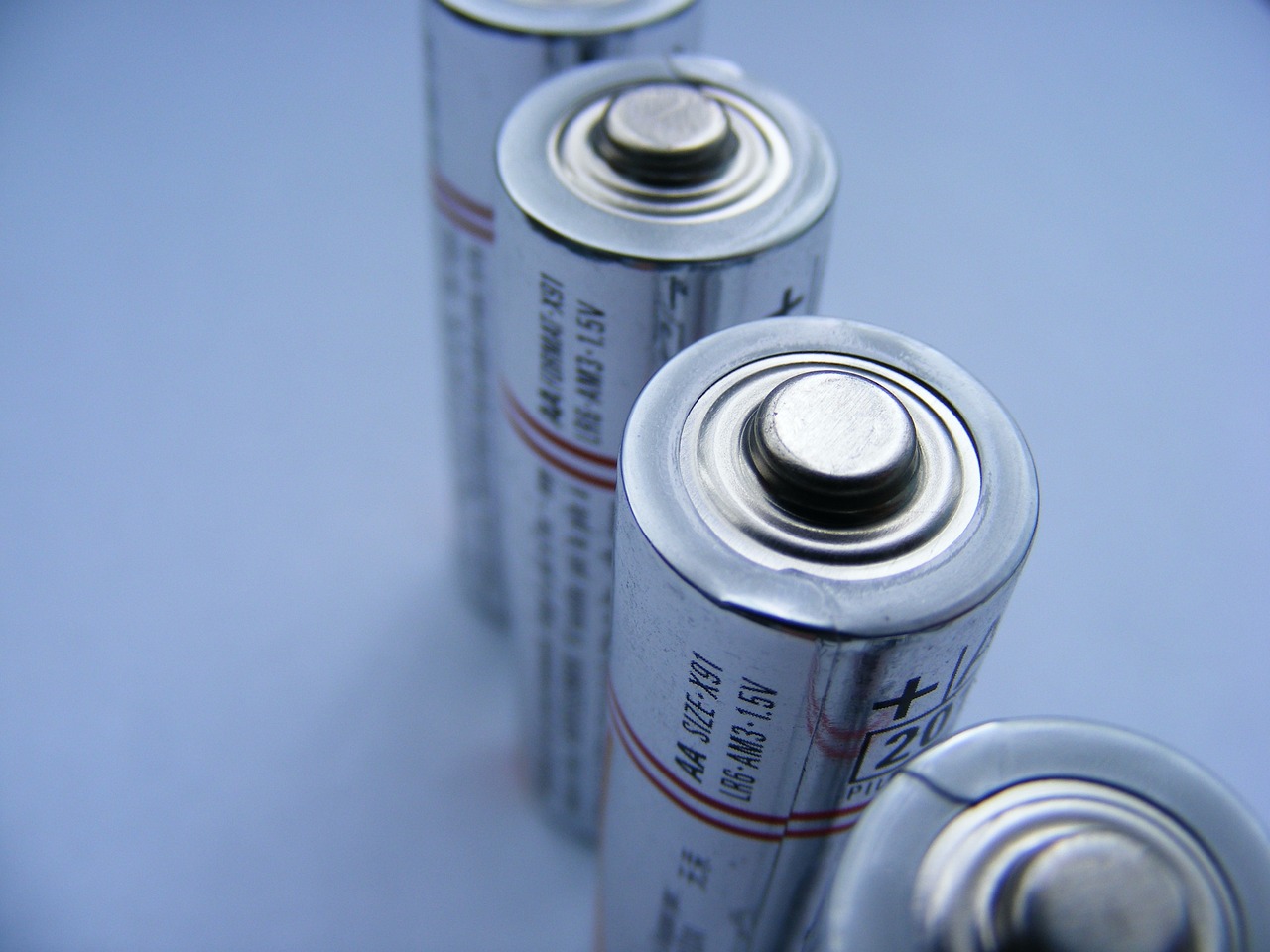This post is also available in:
 עברית (Hebrew)
עברית (Hebrew)
Researchers at Budapest’s Eötvös Loránd University (ELTE) reached a groundbreaking milestone in drone technology – they have both created the world’s first self-organizing drone flock, and then demonstrated the first large-scale autonomous drone traffic solution.
ELTE’s advanced system is more capable than human pilots and promises a future where drones can navigate the skies with unmatched efficiency and safety.
According to Interesting Engineering, though flocking and autonomous drone traffic might seem similar, they each have different challenges and goals – in flocking, drones try to move together in perfect synchronization through coordinated movements (like a flock of birds), while in autonomous drone traffic, each drone has its own route and goal, which can be more problematic, especially in open spaces where the drones can move freely in all directions.
The team from ELTE managed to solve this complex problem with a smart, real-time updating route planner combined with traditional flocking models that were inspired by nature. This new method helps autonomous drones avoid most traffic conflicts and lets them safely manage any remaining issues by coordinating directly with nearby drones.
This method was initially tested through simulations, which included continuous, high-speed random traffic with up to 5,000 drones. The successful tests showed the model’s potential for handling dense drone traffic, possibly used in future smart cities and decentralized air traffic control systems.
ELTE then programmed this model on a fleet of one hundred drones from CollMot Robotics Ltd, a major milestone that signified the start of a new era of automated drone operations.
Possible applications for this innovation include drone-based cargo transport, defense industry operations, agricultural drone spraying fields, or fleets of drones moving goods in cities. The defense industry could also gain from using autonomous drones for surveillance and tactical missions.
Industries could use this autonomous traffic solution to imagine a future where drones smoothly fit into different tasks in a way that is safer and more efficient. This option of large-scale autonomous drone traffic opens doors for smart cities – drones could become vital in city transportation and logistics, and decentralized air traffic control is closer to reality than ever.


























